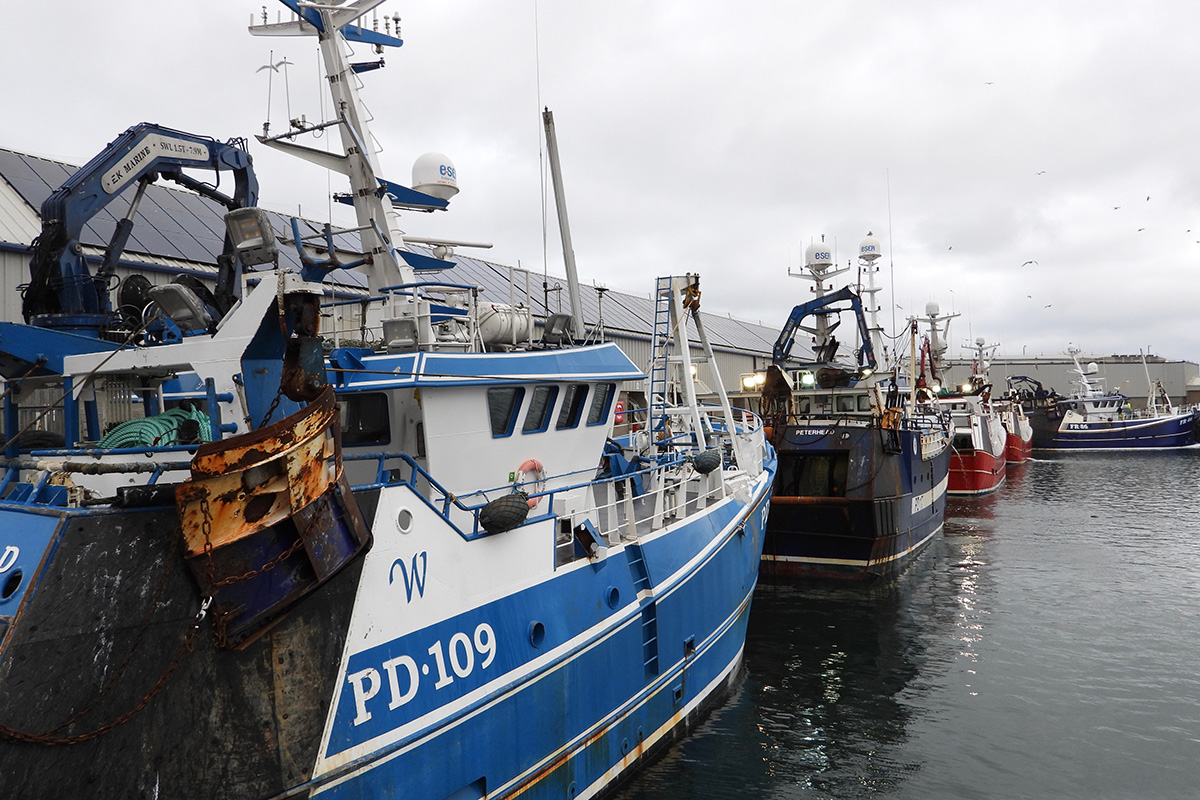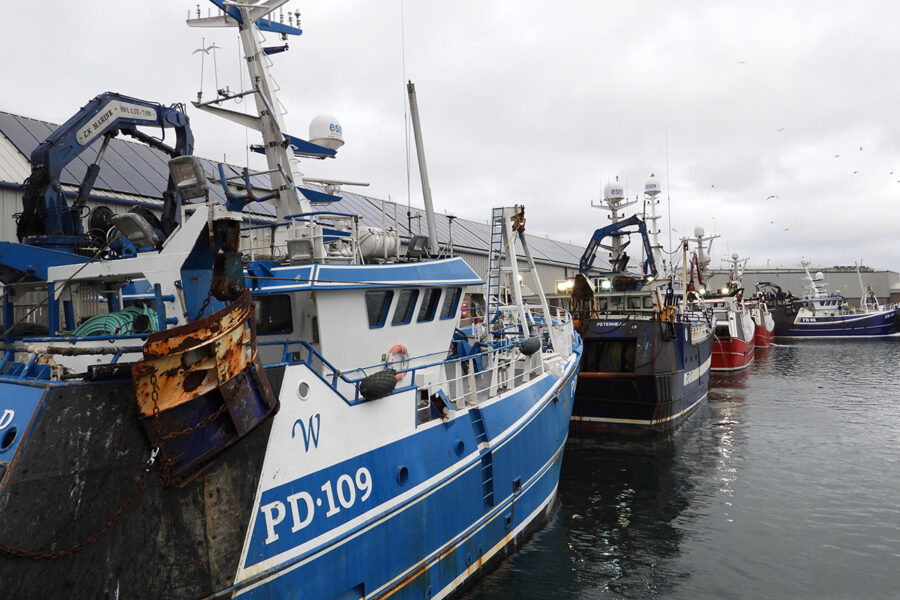Seafish has released financial estimates that put numbers to the difficulties faced by the UK fishing industry last year.
The dataset is based on information on financial performance gathered from vessel owners during the 2022 Fleet Survey. The data collected shows the annual economic performance of the fleet in 2021 and preliminary estimates for 2022, based on samples of their costs and earnings.
Comparing data with the two previous years, the 2022 preliminary estimates show how the fleet performed in the post-pandemic landscape, with many of those surveyed reporting that finances remained a major concern.
The number of active fishing vessels continued to decrease in 2021 and 2022, leaving the UK fishing fleet with just under 4,080 active vessels in 2022. Of that number, around 1,300 were deemed by Seafish to be ‘low- activity’, reporting an annual income of less than £10,000.
The effects of Covid-19 and associated lockdown measures continued to be felt into the first part of 2021, combined with the new trade requirements after the UK’s EU exit.
However, there were indications of economic recovery by the second half of 2021 as prices and demand recovered. The total operating profit of the fleet in 2021 was £256m, a 5% increase from 2020, although stil below the £267m of 2019.
In 2022, the start of the Ukraine war and subsequent rise in fuel prices dramatically altered the landscape. Total spend on marine fuel in 2022 was an estimated £195m, a 75% increase on 2021. Total operating costs also went up, reaching the highest figure in the last four years. Rising costs for gear, packaging and insurance put further pressure on fishing businesses, negatively impacting vessel owners all over the UK.

Busy landing berths at Peterhead at the end of 2022. Prices for whitefish landings increased in 2022 – but so did costs, resulting in an overall drop in profitability for most vessels. (Photo: Ryan Cordiner)
In parallel with rising fuel costs, the average price per tonne of fish landed increased for many species. Nephrops prices were 39% higher on average, while scallop prices went up 18% compared to the previous year, although average scallop prices were still lower than pre-Covid.
This translated into higher revenues for the catching sector, with the turnover of the fleet at around £1bn, a figure similar to 2019, before Covid and EU exit. However, with the cost of living and fuel prices rapidly escalating, profits dropped, with the fleet making 13% less profit than in 2021 and 17% less than in 2019.
Seafish economics analyst Marta Moran-Quintana said: “Our preliminary economic estimates show that 2022 was another difficult year, with fuel costs impacting profits as we predicted back in April 2022. The rise in fuel prices had a significant effect, partially counteracted by a global shortage of whitefish due to the Russian-Ukrainian conflict.
“Sanctions on Russian seafood increased average prices of whitefish, while increased demand drove up prices of shellfish, which helped many businesses stay afloat.
“It is still too early to assess how other costs, such as labour and wages, have changed. We are working to get a better understanding of changes in costs structures and fleet adaptability to economic pressures experienced last year.”
The new data has been published in Seafish’s online Fleet Enquiry Tool, which is available at: bit.ly/3qPxY0y. This allows for the data to be broken down into segments, by home nation and port of landing.
A complete Economics of the Fishing Fleet report for 2022 will be published this autumn.
2023 Fishing Survey: ‘Continuing economic pressure on fishing businesses’
The 2023 Fleet Survey is underway, with over 200 surveys completed so far. It is set to close at the end of September, so there is still time for vessel owners to take part and ensure that the 2023 data is reflective of what is happening in the industry across the country.
Rebecca Spain, who is working as a fleet survey researcher for a second year, said: “Last year, one of the biggest challenges was the soaring fuel costs, which took a significant toll on fishermen’s businesses.
“Vessel owners tell me that while this year saw a drop in fuel prices, the ongoing cost of living crisis and inflation continues to put economic pressure on business expenses. Some fishers have also seen their harbour dues and insurance rise by 10% in 2023.”
The data gathered by the Fleet Survey can support individual business planning, industry requests for investment in harbour infrastructure, business benchmarking and similar activities. It also helps policy-makers to understand how both global and local affairs affect the fishing industry, collating the necessary evidence to show current challenges.
To contact the Seafish Fleet Survey team and arrange a time to take part in the survey, email: fleet.survey@seafish.co.uk
This story was taken from the latest issue of Fishing News. For more up-to-date and in-depth reports on the UK and Irish commercial fishing sector, subscribe to Fishing News here or buy the latest single issue for just £3.30 here.
Sign up to Fishing News’ FREE e-newsletter here.








